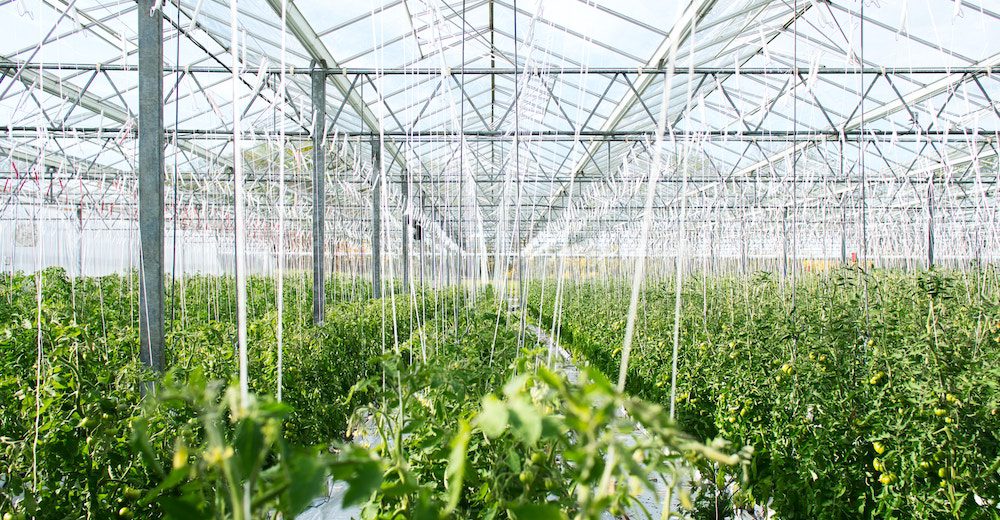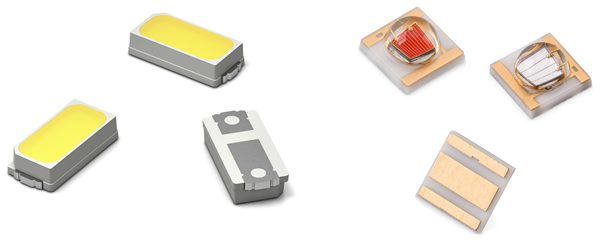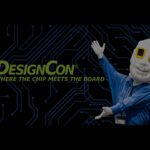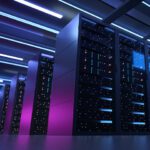Vertical Farms Control the Weather with IoT Technologies
As outdoor agriculture becomes less predictable, vertical farms are bringing the farm inside, where sealed interconnects, sensor systems, smart LEDs, and connected technologies optimize every aspect of the growing cycle.

The summer of 2023 brought extreme challenges to farmers around the world. Storms, droughts, wildfires, and record-breaking temperatures wiped out many crop yields. Up to 95% of Georgia’s peach crops failed due to record heat and cold that arrived in backwards order. The price of tomatoes skyrocketed by 400% in India after heatwaves prevented the plants from flowering in the spring. Heatwaves crushed the olive oil industry in Spain and Italy. Meanwhile, the wine industry is relocating from its traditional growing regions in California, France, and Spain to northern climates such as the U.K., Sweden, and Finland as drought and heat make it more difficult to grow grapes. According to Wine Enthusiast, “Temperatures have climbed so much, harvests now begin an average of 13 days earlier than they did prior to 1988.”
Crops are exquisitely sensitive to temperature fluctuations, moisture amounts, sunlight, and the availability of pollinators, and it’s getting harder for nature to get the timing right. However, with controlled environment agriculture, connected technologies take some of the risk and uncertainty out of farming. Indoor growing operations (vertical farms) as well as outdoor (some call them horizontal farms) can benefit from an orchestrated set of technologies connected by the Internet of Things.
Sunlight on demand
Too much sun burns crops. Too little inhibits growth. Vertical farming facilities use the Internet of Things to create ideal light conditions that adjust throughout the lifecycle of a plant. In collaboration with research institutions such as the Dürnast Greenhouse Laboratory Center at the Technical University of Munich, Würth Elektronik is actively involved in the development of solutions for indoor agriculture, including LED systems for creating optimal light conditions for indoor farms. Alexander Gerfer, CTO at Würth, said, “One building block is vertical farming, and in particular using LEDs as horticultural lighting. Together with scientists and agricultural experts, we are conducting research into the wavelengths and colors that affect plant growth. With the development of specific light recipes, we are going one step further. This is more than just copying sunlight. The controllable light of the LED can be used to further optimize the plant’s uptake of nutrients in a controllable manner. In this way, we can identify various recipes and light spectrum action for the various quality parameters of the plant.” With these light recipes, Gerfer said, tomatoes can be encouraged to flower in the winter months, spinach can be made more nutritious, and basil can be encouraged to produce more crops in a shorter time period, using less energy, water, and pesticides.

WL-SWTP SMT Series High Power PLCC and WL-SMDC Mono-color LEDs from Wurth Elektronik can be used to create light recipes for agricultural applications. These LEDs emit light in a variety of wavelengths ideal for applications controlling plant growth through specific light mixtures. They feature low-corrosion gold contacts and, connected to an IoT architecture, these LEDs can execute complex automated light schemes.
Food and water
In vertical farms, conditions are monitored by IoT sensors (temperature, humidity, CO2, PH, air quality, magnetometer). This data is communicated to IoT systems that activate industrial lighting, irrigation, and nutrient and pest control delivery systems. These systems provide the ideal amount of each element needed at every step of the plant cycle, raining calculated amounts of gases and substances upon crops to create perfect produce.
Circular connectors such as M8s form the backbone of many agricultural systems and thus must be ruggedized to withstand farming conditions. M8s play a role indoors and out, making connections in drones and tractors, and between sensors and the larger systems they inform and activate. They are used in robotics that perform smart farming operations. M8 connectors are used in smart greenhouses to connect sensors and sprayers.

M8 connectors from binder can be specified with specific ruggedization attributes, including IP protection, corrosion-resistant plating, and 3-12 pins, depending on the application (power, PROFINET, Ethernet) requirements.
Paul Pulkowski, marketing manager at binder, said connecting multiple sensors enables real-time updates, allowing data-driven responses to changing conditions. “For example, M8 connectors are used in smart greenhouses to connect the network of sensors that prompt adjustments in irrigation, lighting, temperature, and spraying that is critical to these sensitive microclimates. They are also used in the remote monitoring systems that measure indoor CO2, humidity, soil moisture, soil pH, and air pressure.” In addition to greenhouse applications, M8 connectors are ideal for chemical control, disease prevention, crop monitoring, irrigation control, and supply chain traceability.
Vertical farms are controllable, yet still by nature a harsh environment for the electronics that create these conditions. Moisture, UV rays, chemicals, and soil can impact the functionality of these systems. The sensors, connectors, cabling, and other components used in high-tech agriculture must be ruggedized.
Controlled weather
Remember Georgia’s poor peach crop? Cool temperatures play a critical role in the life cycle of this fruit, with a minimum number of “chill hours” below 45 degrees needed to set fruit. The spring of 2023 brought the warmest temperatures on record followed by series of frost shock days that arrived at the same time as the flowers. For crops that require a delicate and precisely timed balance of cool and warm days, indoor agriculture offers predictable conditions.
As technology agriculture continues to develop, AI and machine learning are becoming integrated with the IoT technologies used on indoor and outdoor farms. These smart systems utilize data sent from imaging technologies and sensors to make adjustments. Facilities must optimize CO2 in combination with temperature, humidity, ambient temperatures indoors and out, and adjust it depending on the crop. It’s not as nature intended, but it may be the only way to feed a burgeoning global population.
To learn more about agricultural technologies and IoT solutions, visit the Preferred Supplier pages for binder and Würth Elektronik.
Like this article? Check out our other Ruggedized and Harsh Environment articles, our Industrial Market Page, and our 2023 and 2022 Article Archives.
Subscribe to our weekly e-newsletters, follow us on LinkedIn, Twitter, and Facebook, and check out our eBook archives for more applicable, expert-informed connectivity content.
- Where in the World is Amphenol LTW’s Luc Kan? - April 23, 2024
- TE Connectivity’s Sustainability Efforts Pay Off - April 23, 2024
- What is a VGA Connector? - April 23, 2024





